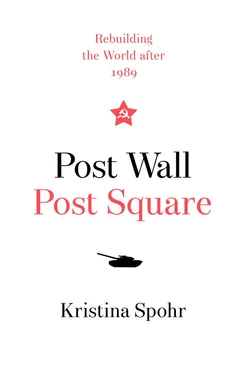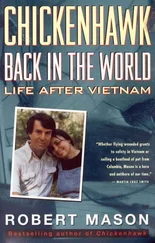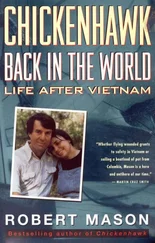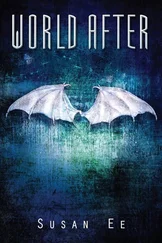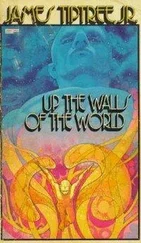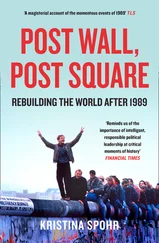But during the course of this damp and very cold November evening, reality soon caught up – and with a vengeance.
Over the next few hours, thousands of East Berliners converged on the various checkpoints at the Wall, especially in the centre of the city – to see for themselves if and when they could cross. They were not put off by East German state television or the police telling them to come back next morning at eight o’clock when the bureaucracy would be all ready. Instead they kept shouting: ‘ Tor auf! ’ (‘Open the gate!’). At Bornholmer Strasse, some sixty armed border guards – commanded by Lieutenant Colonel Harald Jäger, who had been doing the job since 1964 – sat in their tiny checkpoint huts, totally outnumbered, and without any instructions from on high. Both the Central Committee and the military top brass, locked away in meetings, were unreachable. So the men on the front line had to make their own decisions. At around 9 p.m. they began to let people through: first as a trickle, one by one, meticulously stamping each person’s identity card – the idea being these exiters would not later be let back in. Then, at around 10.30 p.m., they lifted the barriers in both directions and gave up trying to check credentials. It was as if the floodgates had been opened. People poured across into West Berlin. No East or West German politicians were present, nor any representatives of the four occupying powers. There were just a few baffled East German men in uniform, soon reduced to tears as they were overcome by the emotion of this historic moment. [52]
Within thirty minutes, several thousand people had squeezed their way to the other side. Somewhere in the chaos a young East German quantum chemist called Angela Merkel was swept along by the crowd. After a quiet sauna evening with her friends, she just wanted to experience for herself German history in the making. Once on the western side of the Wall, she phoned her aunt in Hamburg and joined the celebrations before heading back home – wondering what 9 November would mean for her. [53]
By midnight – after twenty-eight years of sealed borders – all the crossings in Berlin were open; likewise, as news spread, any other transit point along the border between the two Germanies. Neither the GDR security forces nor the Red Army did anything to prevent this. Not a single shot was fired, and no Soviet soldier left his barracks. Now, thousands of East Berliners – of all ages, from every walk of life – were making their way on foot, bike or car into the western half of the city – a forbidden place hitherto only glimpsed from afar. At Checkpoint Charlie, where Allied and Soviet tanks had been locked in a tense face-off in August 1961 as the Berlin Wall went up, the jubilant horde of visitors was greeted by cheering, flag-waving West Germans, plying them with flowers and sparkling wine.
‘I don’t know what we’re going to do, just drive around and see what’s going on,’ said one thirty-four-year-old East Berliner as he sat at the wheel of his orange Trabant chugging down the glittering Kurfürstendamm. ‘We’re here for the first time. I’ll go home in a few hours. My wife and kids are waiting for me. But I wasn’t going to miss this.’ [54]
At the Brandenburg Gate, the most prominent landmark of the city’s division, hundreds of people chanted on the western side ‘ The Wall must go!’ Then some climbed on top of the Wall and danced on it; others clambered over and headed right through the historic arch that for so long had been inaccessible to Berliners from either side. These were utterly unbelievable pictures – captured gleefully by American TV film crews for their prime-time news bulletins back home. [55]
All through the night and over the next few days, East Berliners continued to flood into West Berlin in vast numbers – 3 million in three days, most of whom came back.
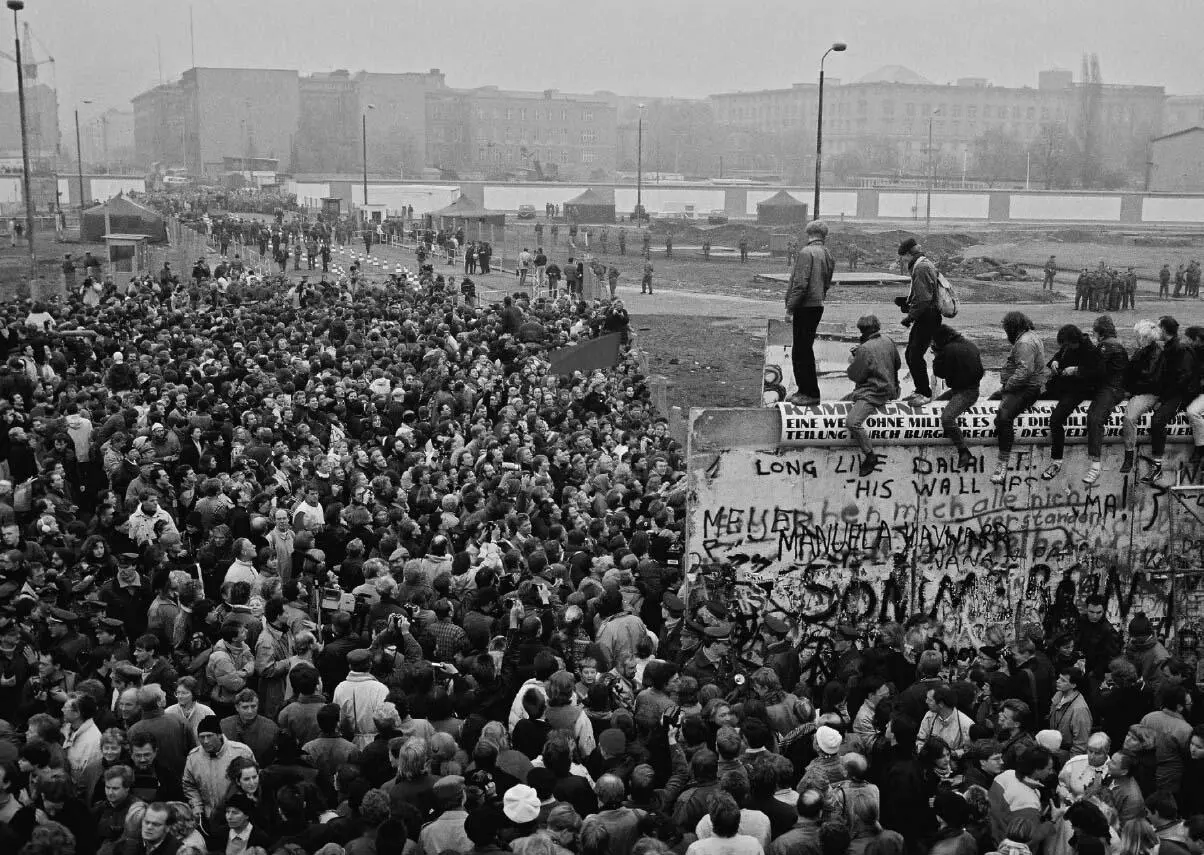
The open Wall: Potsdamer Platz, 12 November 1989
They saw the promised land – and were being bribed to savour it. While in the East, banks and travel agents lacked sufficient foreign (DM) currency reserves to exchange for every traveller even the permitted maximum of fifteen Ostmarks, in the West long lines of East Berliners formed in front of the West Berlin banks to pick up the DM 100 ‘Welcome Money’ – about $55 – that the FRG had always given East Germans on their first time in the West. Spending their own, free DMs in the shiny emporia of the consumer society, they filled up their plastic bags with precious goods – often as simple as bananas, oranges or children’s toys – and carried them back into the grey streets of the socialist utopia. [56]
It was in those days that all the talk about revolution and renewal in the GDR totally evaporated as a credible political project. [57]Not for opposition intellectuals, of course – for the idealist alternative left and the earnest socialist reformers such as Bohley and Wolf – or even for the new echelon of younger SED functionaries. They denounced all talk of reunification as reactionary Heim ins Reich patriotism, derided capitalist culture as materialist trash and condemned consumption and foreign travel as the new opium of the masses. [58]But most of the ‘masses’ took no notice. For them, the idea of reforming the GDR and of pursuing a ‘third way’ [59]between SED-state socialism and Western capitalism was now dead. That was the true revolution: popular rejection of the old regime and no affirmation of any new socialist-democratic vision of society. Why stay in a broken communist state when you could start a new life amid the temples of capitalism? Or even demand the merger of East Germany with the West?
*
How was it that the GDR experience turned out so differently from that of Poland and Hungary? In part because in the GDR the transition from communism began much later and developed much faster. Poland and Hungary had entered the process of political transformation in earnest in the summer of 1988; in the GDR the first rumblings of protest did not occur till May 1989 and street demonstrations only began in September. In part, too, because the Polish and Hungarian economies were in a far worse state than East Germany’s, so their tortuous navigation out of a command economy towards the market offered little attraction in the GDR. Indeed, the politico-economic transition produced more shortages and hardship than the people had bargained for. But it was also because the East German party state had failed, despite forty years of assiduous effort, to inculcate a sense of GDR patriotism. In Hungary and Poland the changes were rooted in national unity; this was not so in the GDR, where unity became all -German, not East German.
The GDR regime was also much more hard-line and unreconstructed for much longer. Only in East Berlin was a ‘Chinese solution’ seriously considered – and not just because Tiananmen happened after Polish and Hungarian reforms had got into their stride. Honecker was locked in the past, totally wedded to his state and his version of real socialism. Yet while the GDR might have been the technologically most advanced country in the Eastern bloc, it was also more dependent on the USSR than its neighbours because of the size of the Red Army presence and because the GDR was an artificial polity, created and sustained by Moscow. As Brezhnev had told Honecker back in 1970, ‘Erich, I tell you frankly, don’t ever forget this: the GDR cannot exist without us, without the Soviet Union, its power and strength. Without us there is no GDR.’ Honecker’s problem in 1989 was that Gorbachev was definitely not Brezhnev. He wanted radical reforms and, furthermore, had renounced the use of force. For Honecker, that would spell the end of his rule – and indeed of the SED itself.
Читать дальше
